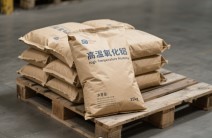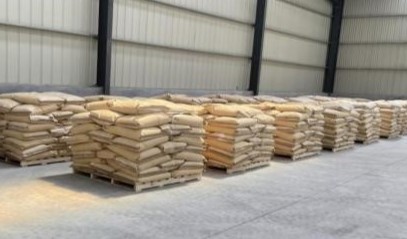Model | Particle size range | Chemical composition | Al₂O₃ | Whiteness | Specific gravtiy (g/cm³) | Specific area (m²/g) | PH value | Melting Point (°C) | Application |
Glazes powder-HT | 0–50μm | High-alimina、albite、silica | ≥99% | ≥95% | 2.6–2.7 | 5–7 | 6–7 | 1200–1400 | High-temperature ceramics: Utilized in electric furnace components and high-temperature equipment coatings, exhibiting exceptional thermal resistance properties. |
Glazes powder-ET | 1–30μm | High-purity bauxite、albite | ≥99.5% | ≥92% | 2.65–2.75 | 8–10 | 7–8 | 1100–1300 | Electronic ceramics: Employed in the manufacturing of insulators, capacitors, and electronic components, delivering superior electrical insulation performance. |
Glazes powder-WC | 0.5–20μm | 高铝土矿、钠长石 | ≥99.7% | ≥96% | 2.7–2.8 | 6–8 | 7–8 | 1300–1500 | Wear-resistantance ceramics: Applied in high-wear environments such as mining machinery and pipeline linings, offering exceptional wear resistance and hardness.。 |
High-purity calcined alumina are widely used in ceramic glazes.
Due to its unique high-temperature resistance, chemical stability, and strength, it is extensively used in the production of various types of ceramic glazes, especially those that need to withstand high temperatures or have specific performance requirements.
It helps maintain stability in the glaze layer during high-temperature firing, preventing cracking or peeling.
Additionally, it enhances wear resistance and scratch resistance, making it particularly suitable for ceramic products subjected to frequent wear, improving the appearance quality of the ceramic products.
Flow rate:
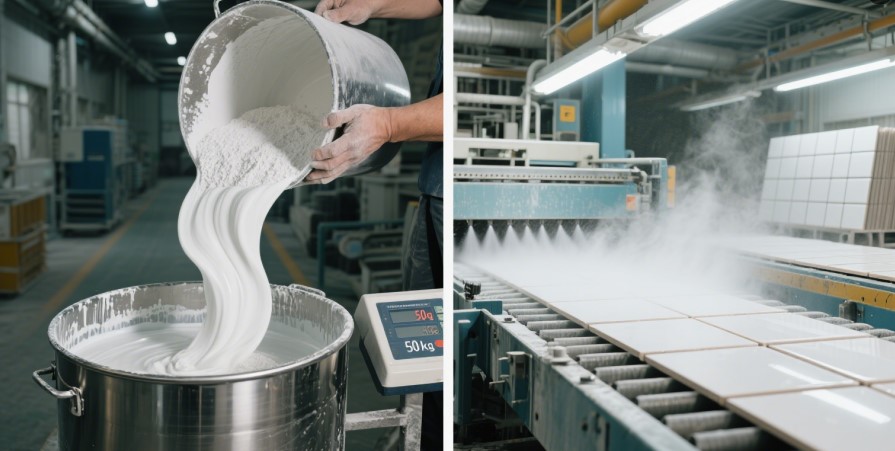
Applications:
l High-Temperature Fired Ceramic Products:
High-temperature alumina is widely used in the production of ceramics that require high-temperature firing, such as furnace linings, electronic ceramics, sanitary ceramics, porcelain, etc. It effectively maintains the stability of the glaze at high temperatures, preventing the glaze from cracking or peeling.
l Improvement of Ceramic Surface Quality:
High-temperature alumina enhances the hardness, gloss, and wear resistance of glazes, improving the overall visual quality of ceramic products. It makes the glaze surface smoother and shinier, enhancing its aesthetic appeal, especially for fine porcelain and daily-use ceramic items.
l High-Wear Ceramic Products:
High-temperature alumina is often added as a strengthening component in ceramics used in high-wear environments, such as mining machinery and pipeline linings. Its excellent hardness and wear resistance make it an ideal choice for wear-prone environments.
l Electronic Ceramics Applications:
High-temperature alumina can also be used in electronic ceramics, particularly as the outer glaze for electronic components such as capacitors, resistors, and ceramic capacitors. It improves their mechanical strength and electrical insulation properties.
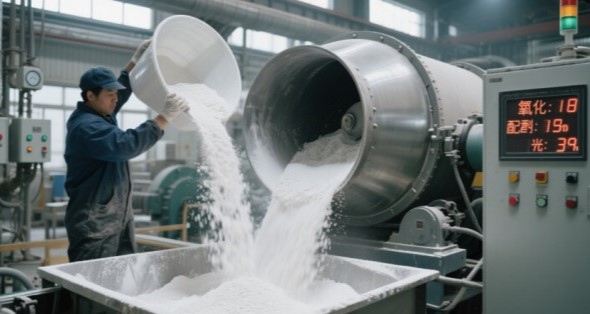
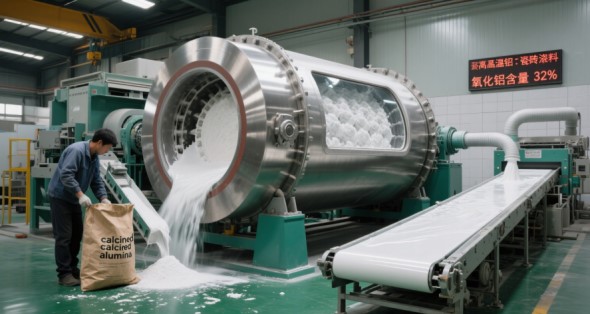
l Special Function Ceramics:
For special-function ceramics that require high-temperature resistance, corrosion resistance, and wear resistance, high-temperature alumina is an ideal choice. It enhances the overall performance of ceramics, making it suitable for high-performance ceramic materials in aerospace, automotive, steel, and other industries.
Performance:
l Excellent High-Temperature Stability:
High-temperature alumina can maintain its chemical structure and physical properties in environments exceeding 1800°C, ensuring that the glaze does not deform or crack during the high-temperature firing process.
l Enhanced Glaze Strength and Hardness:
With a Mohs hardness of 9, high-temperature alumina effectively enhances the wear resistance and scratch resistance of ceramic glazes, making the finished product surface more durable.
l Superior Thermal Shock Stability:
Its excellent thermal shock stability allows it to withstand rapid temperature changes, preventing the glaze from cracking or peeling when subjected to sudden temperature shifts.
l Strong Corrosion Resistance:
High-temperature alumina exhibits strong resistance to acid and alkali corrosion, effectively improving the durability of the ceramic glaze in harsh environments, thus extending its service life.
l Enhanced Glaze Gloss and Aesthetics:
Adding high-temperature alumina to ceramic glazes can improve the glaze's gloss, making the final ceramic product surface smoother and shinier, thus enhancing its visual quality.
l Improved Glaze Flowability:
High-temperature alumina enhances the flowability of glazes, making it easier to apply a uniform coat during glazing, reducing the occurrence of uneven surfaces.
![]()
